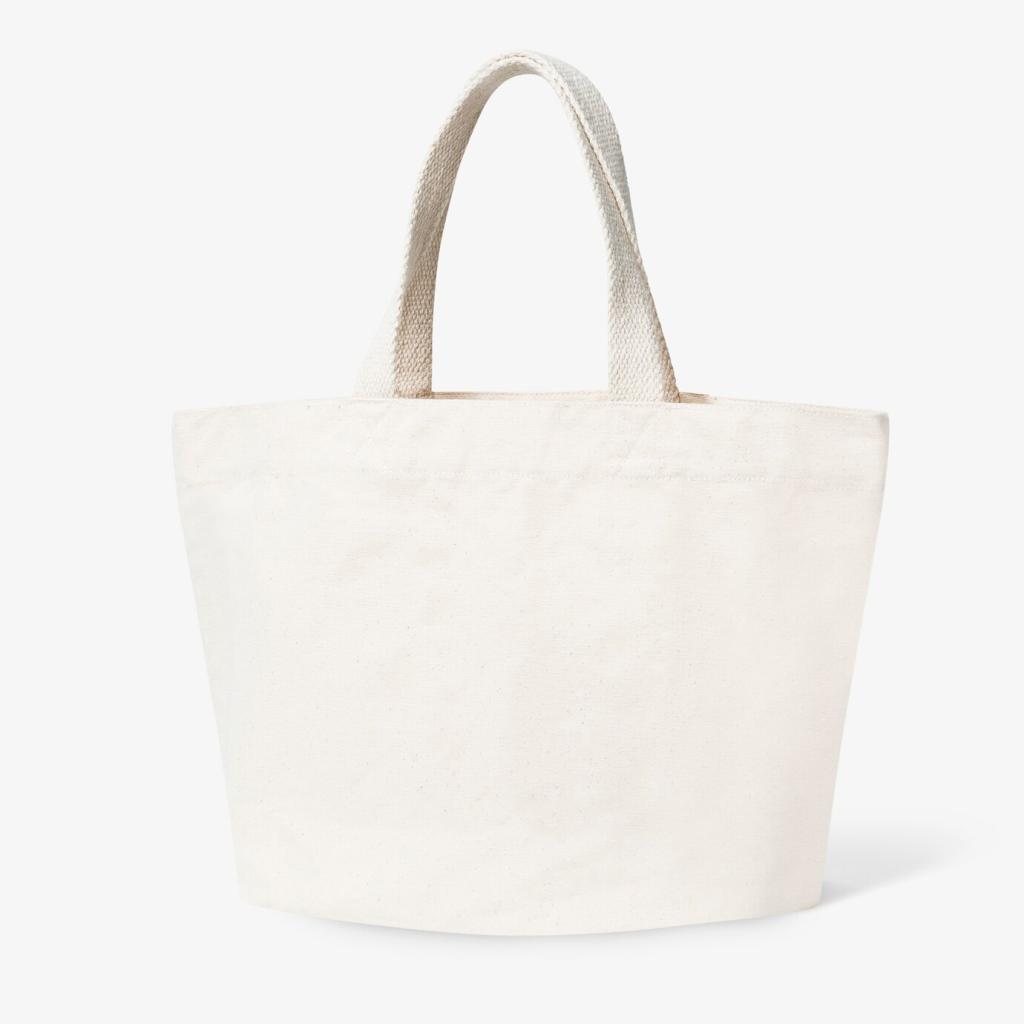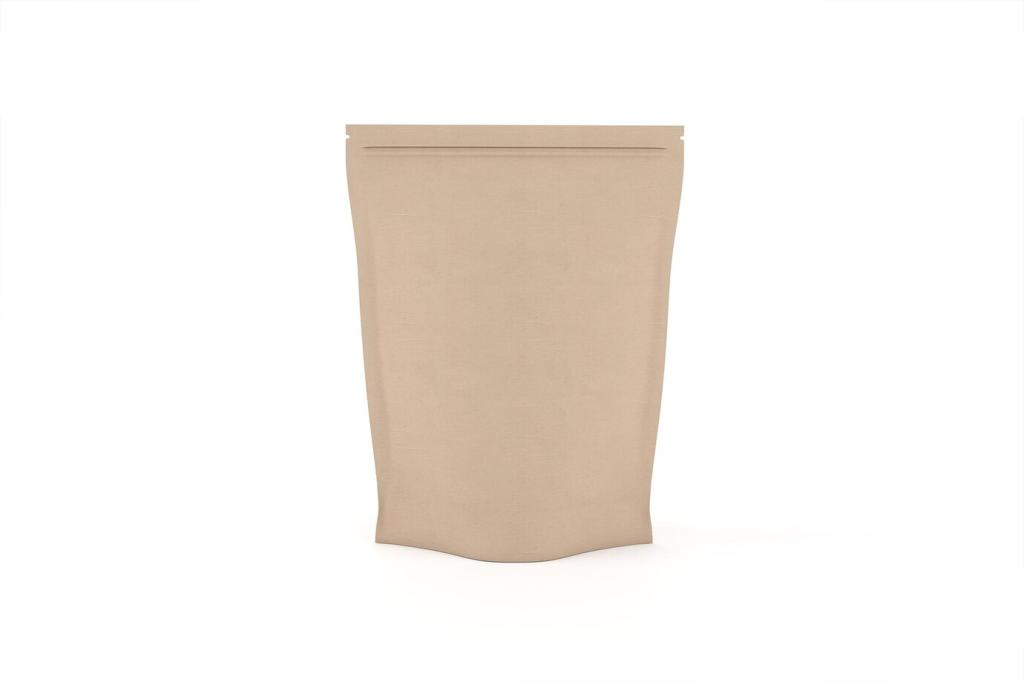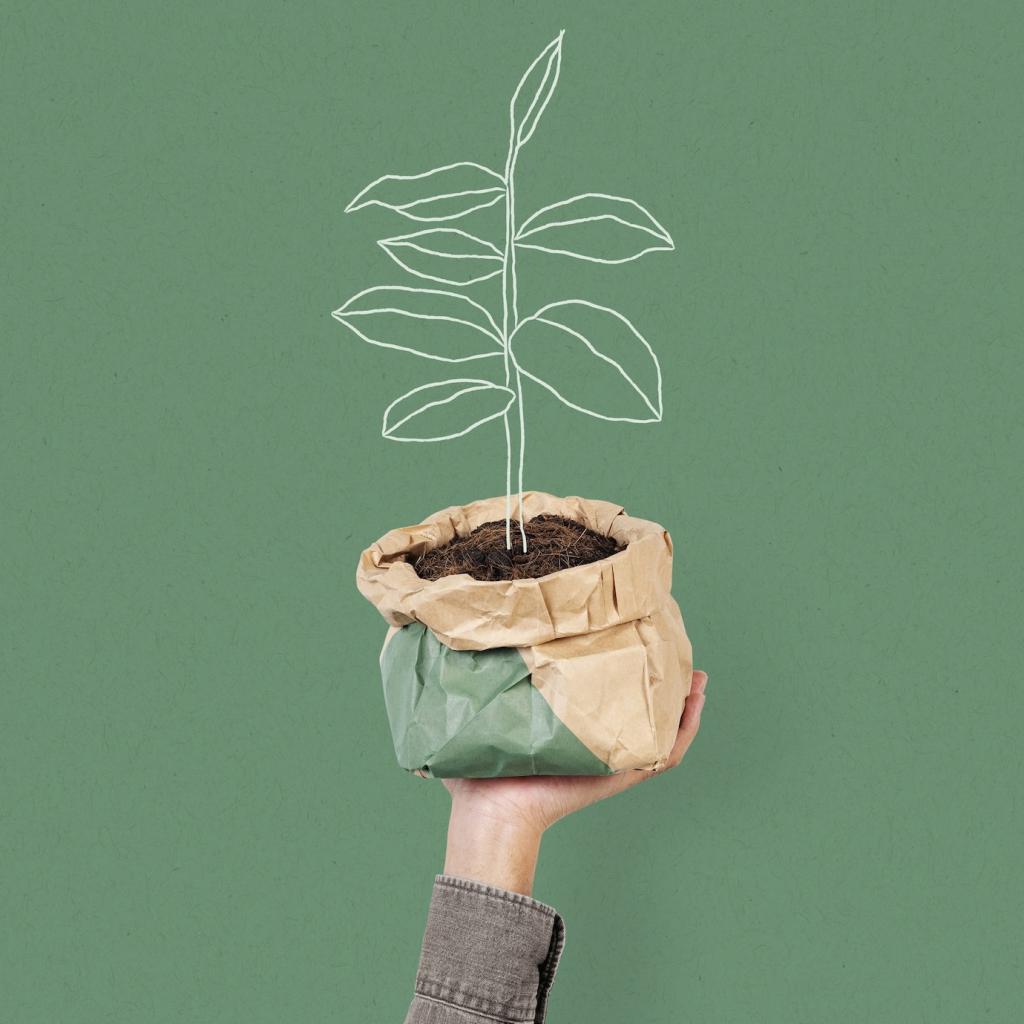Why Green Walls Transform Interiors
When a wall turns green, people linger longer, breathe deeper, and speak softer. Biophilic cues reduce visual fatigue, introduce gentle movement, and reconnect daily routines with nature’s rhythms inside apartments, studios, and offices.
Why Green Walls Transform Interiors
A smooth gypsum board becomes a vertical garden that frames art, hides imperfections, and diffuses light. Layering textures, heights, and leaf shapes creates depth that photographs beautifully and feels welcoming during busy weeks.






